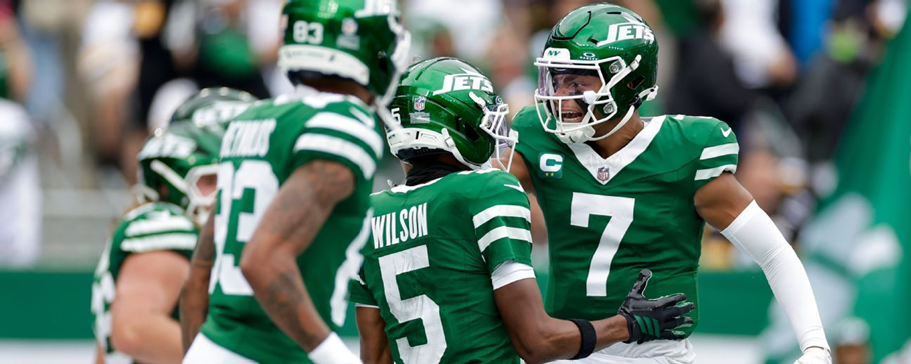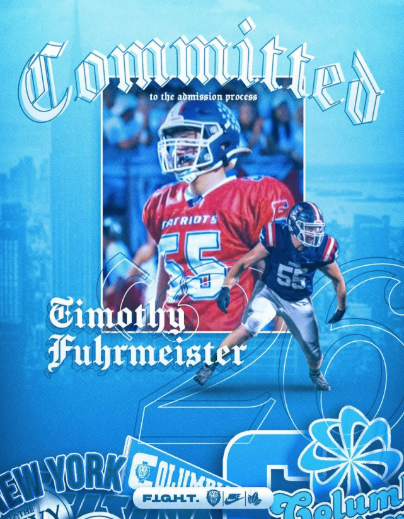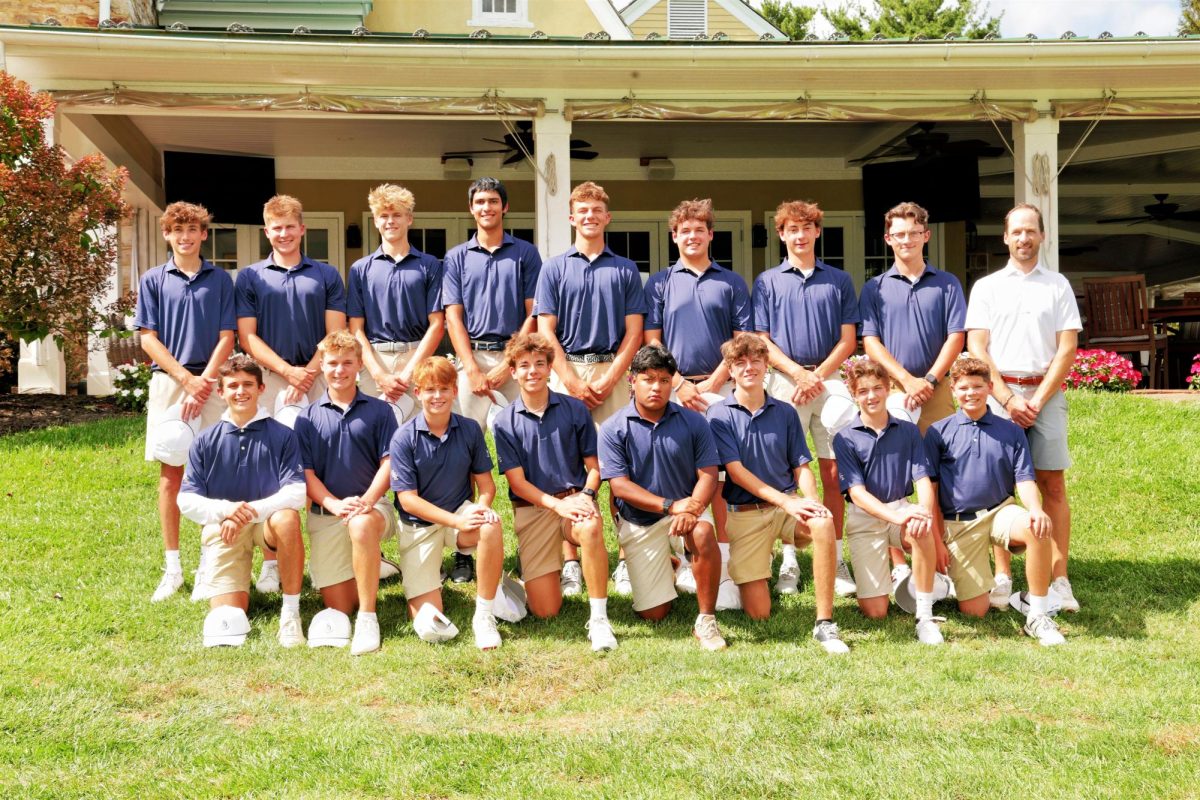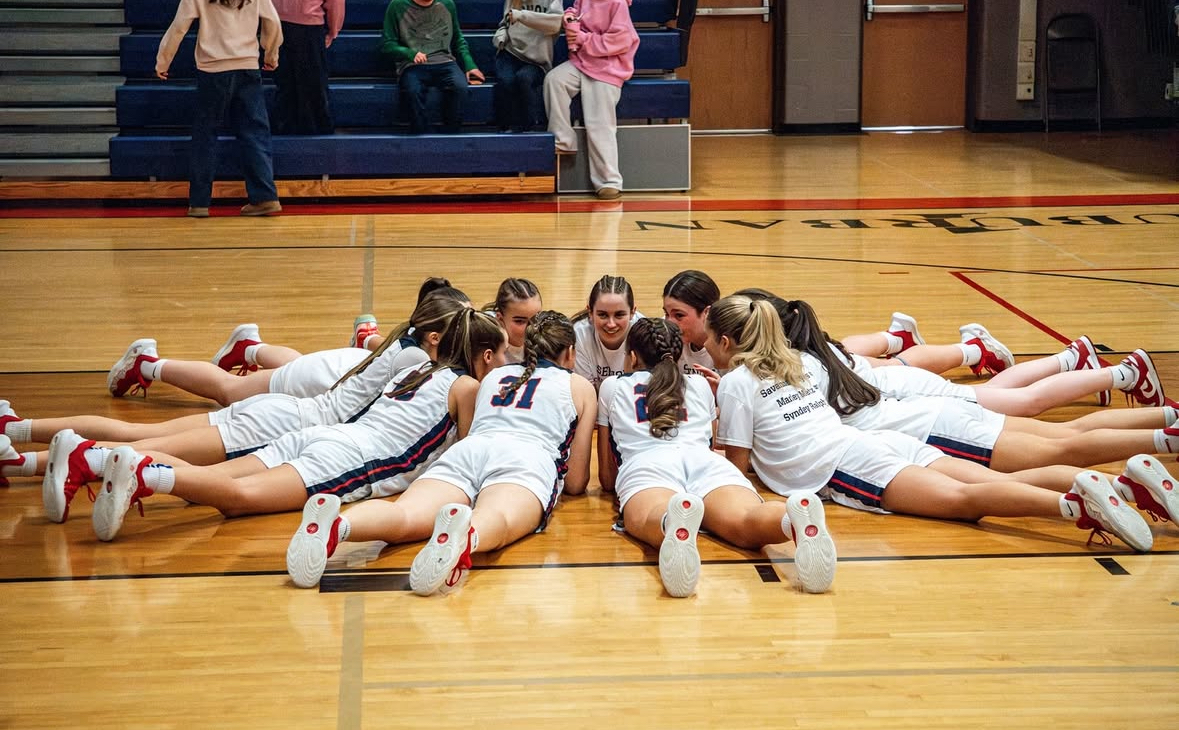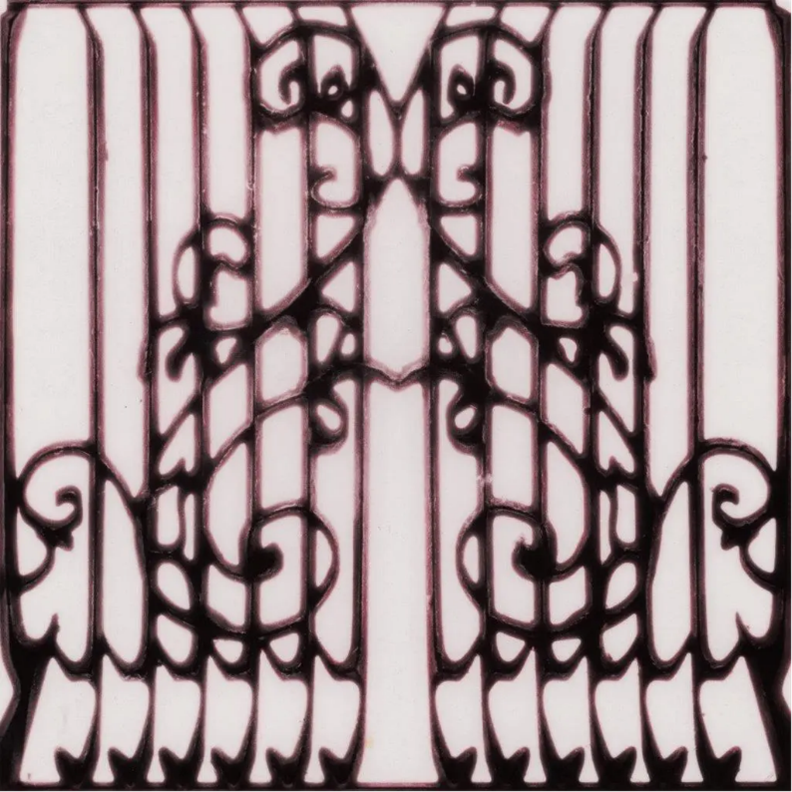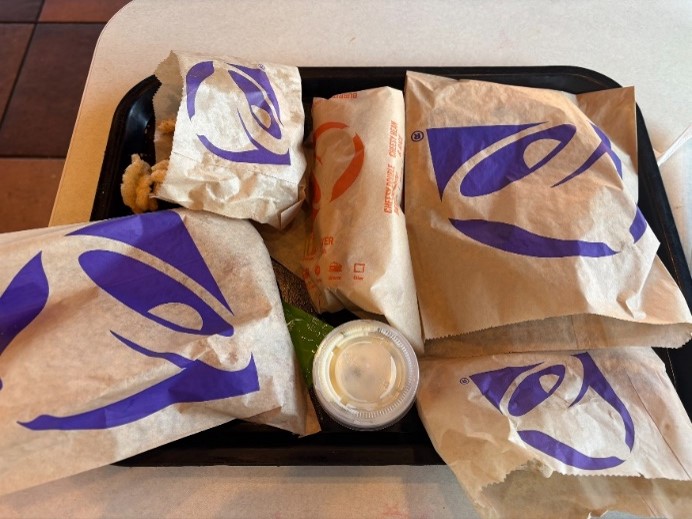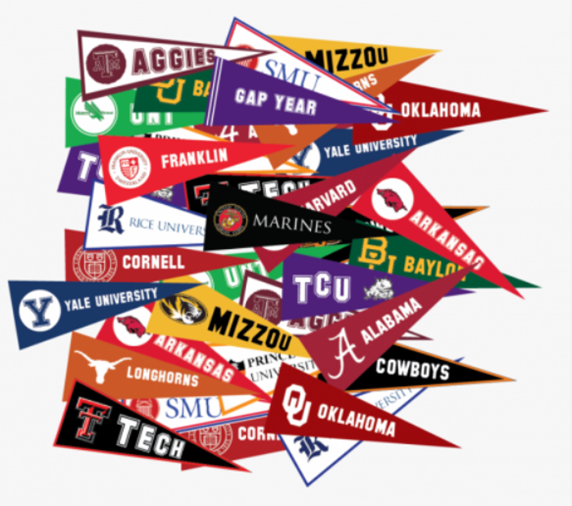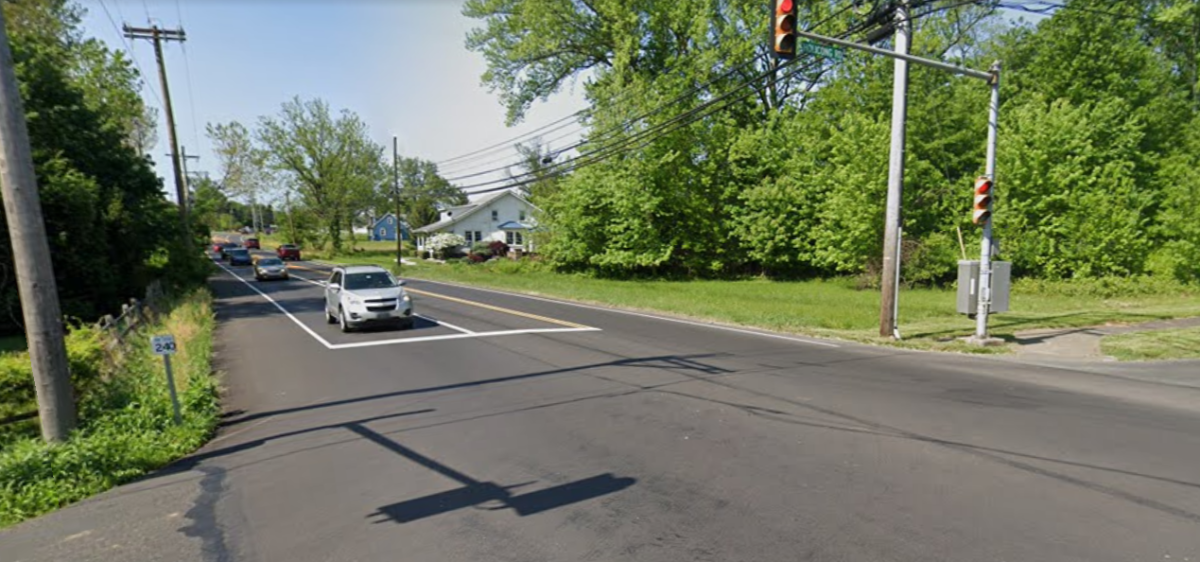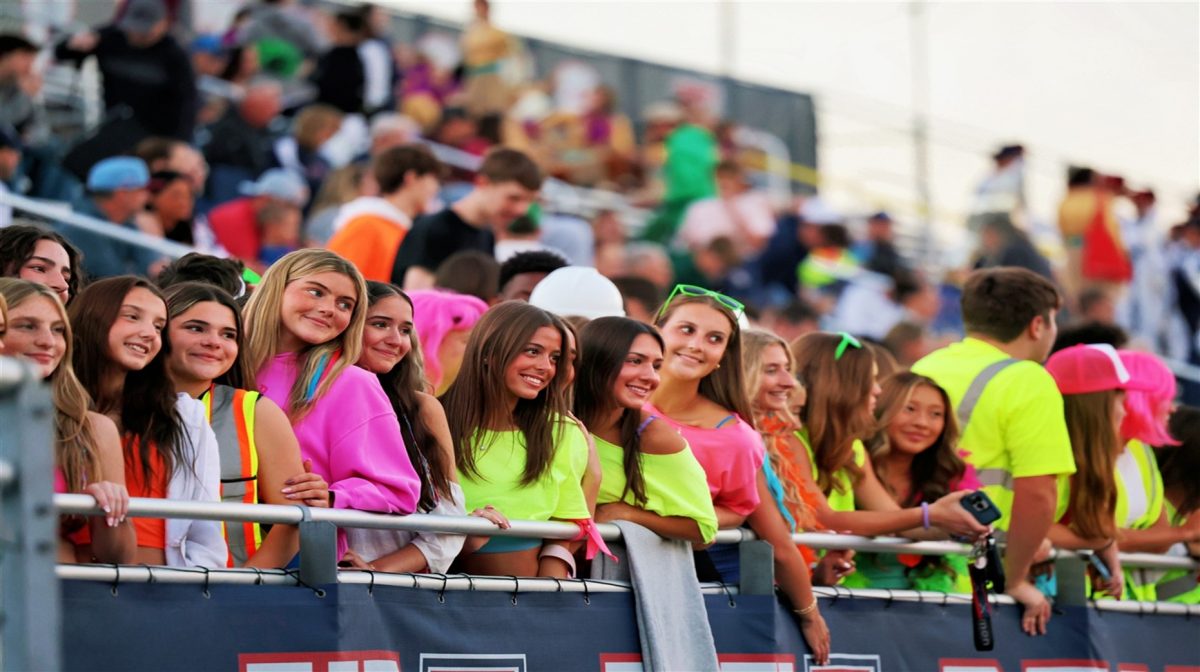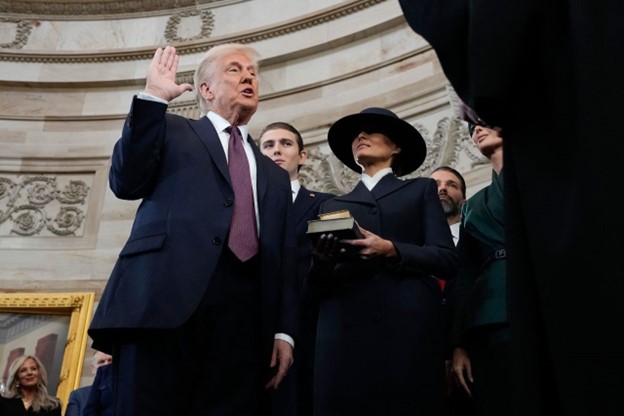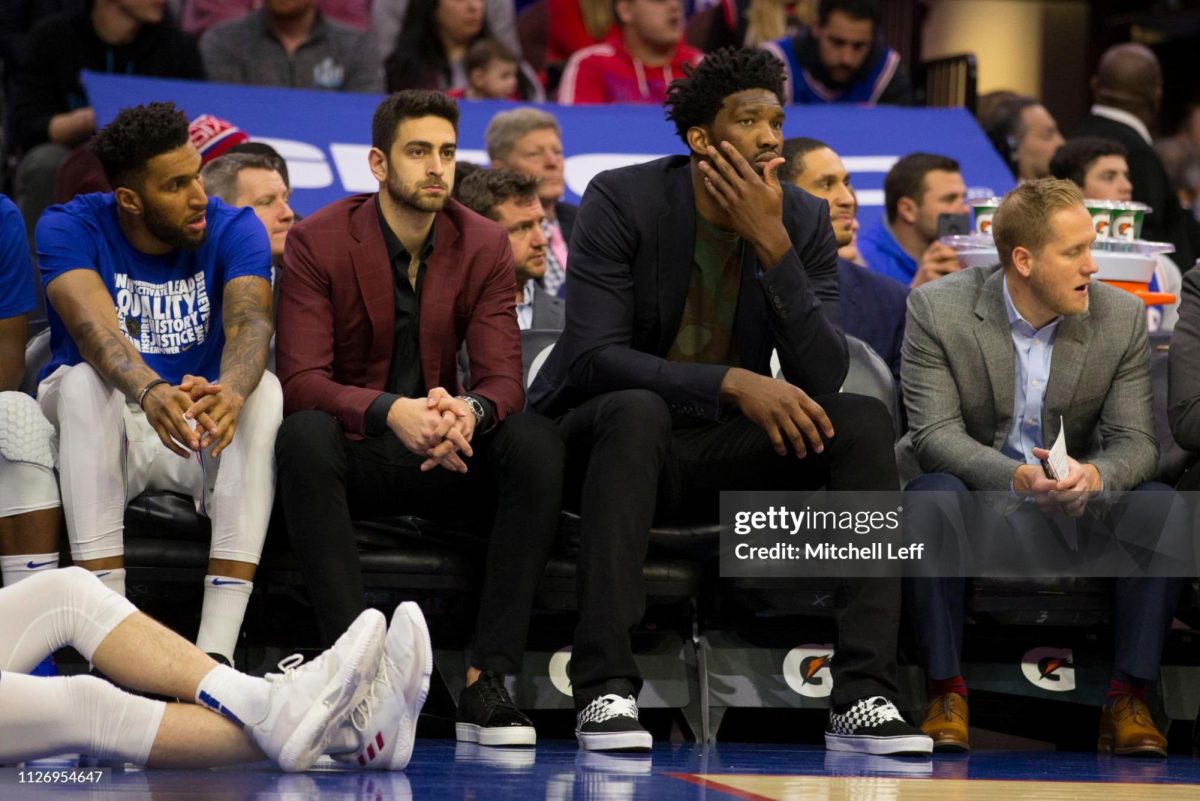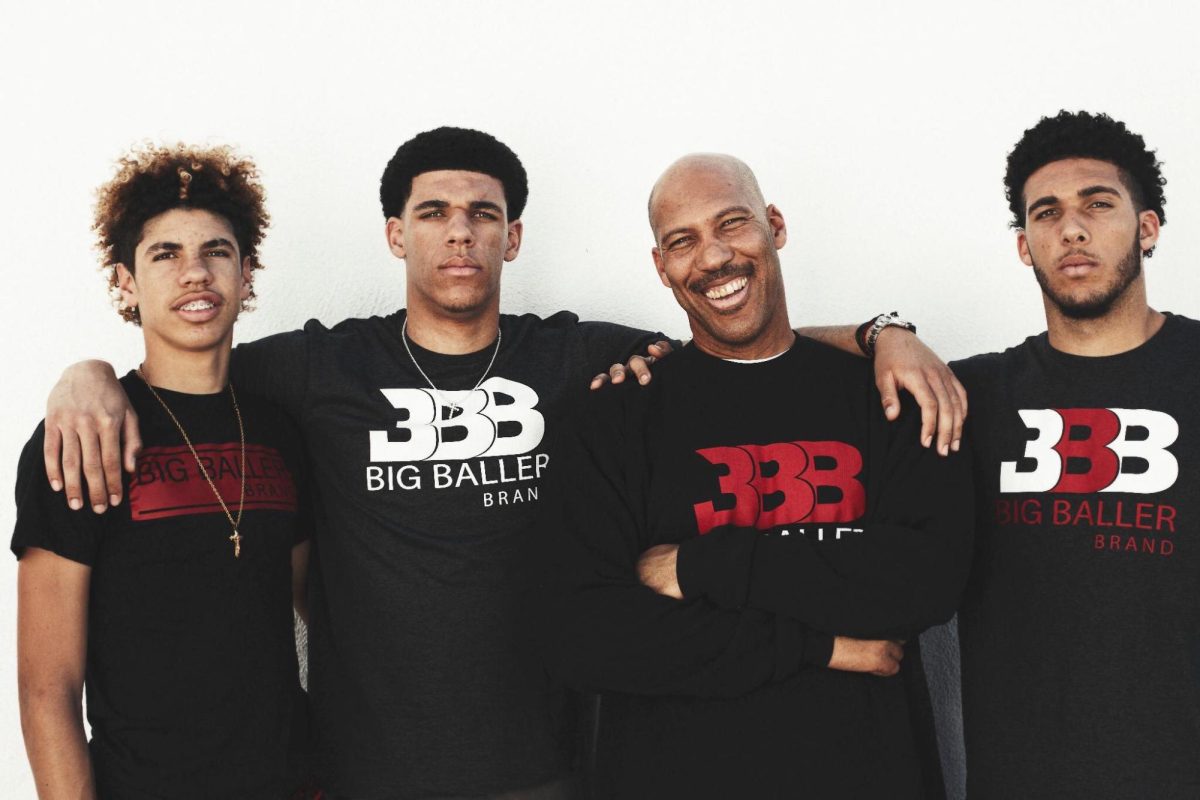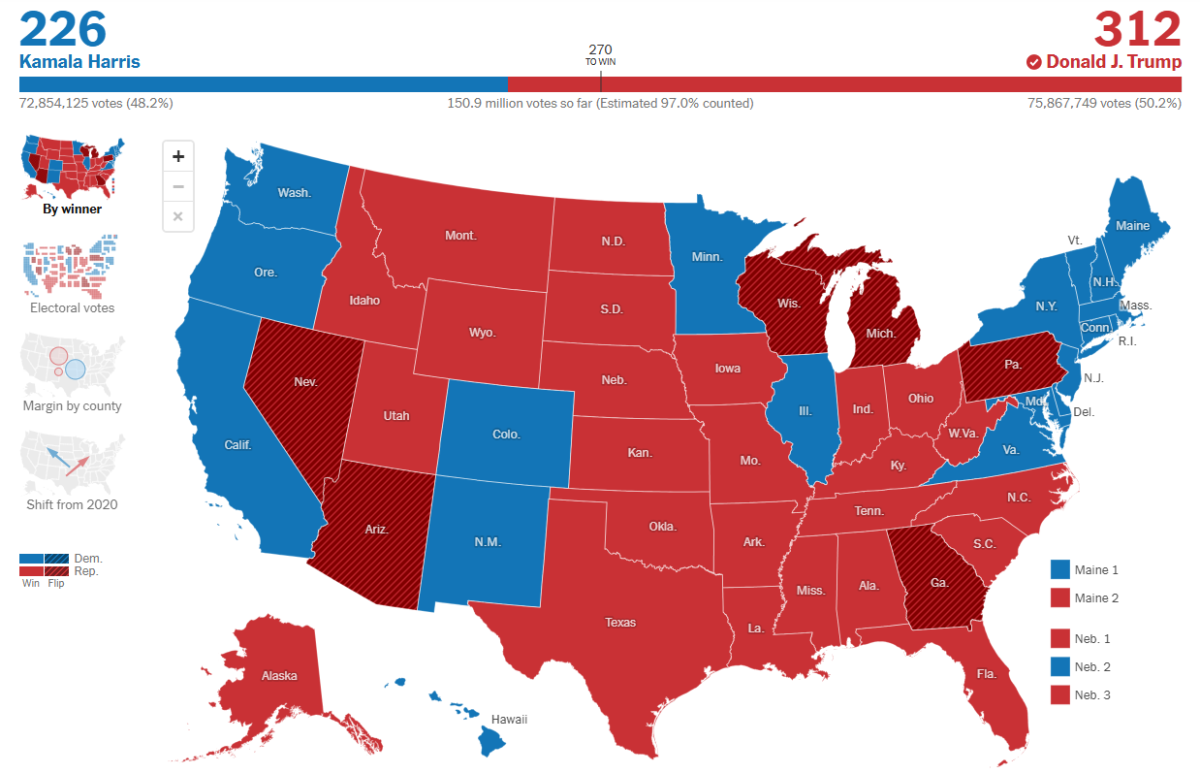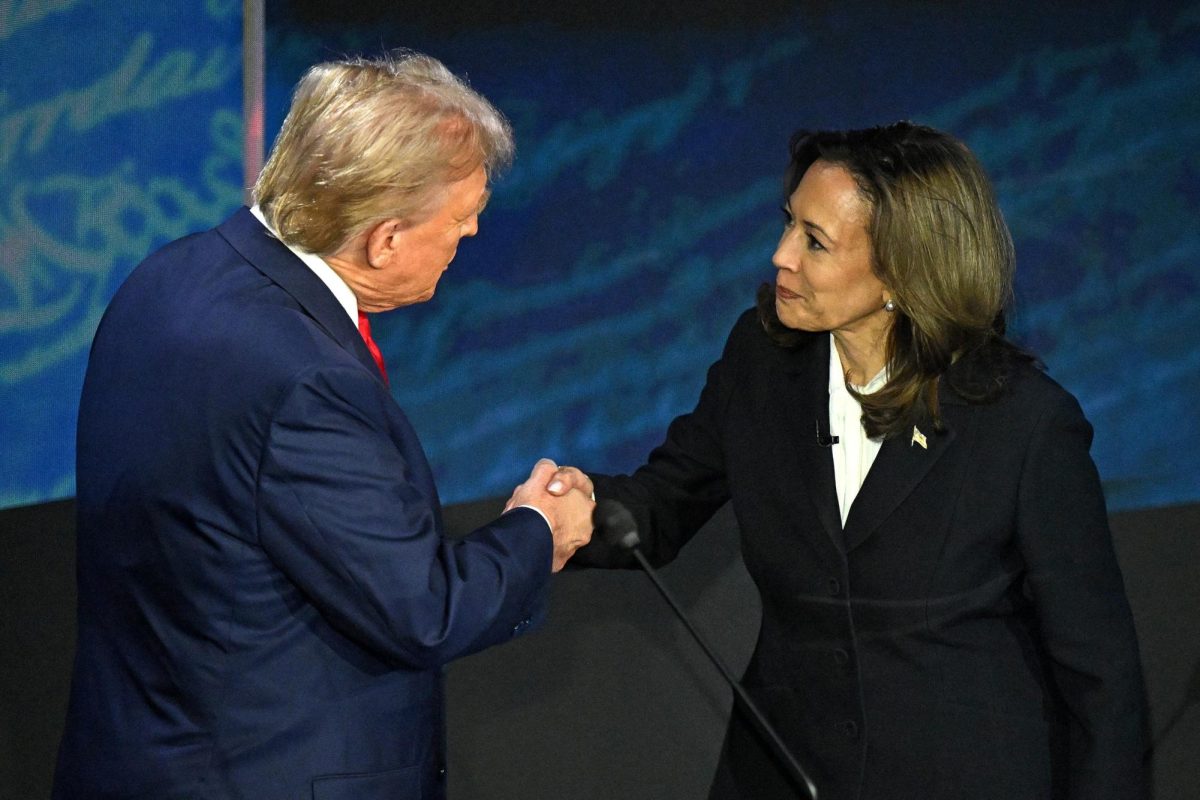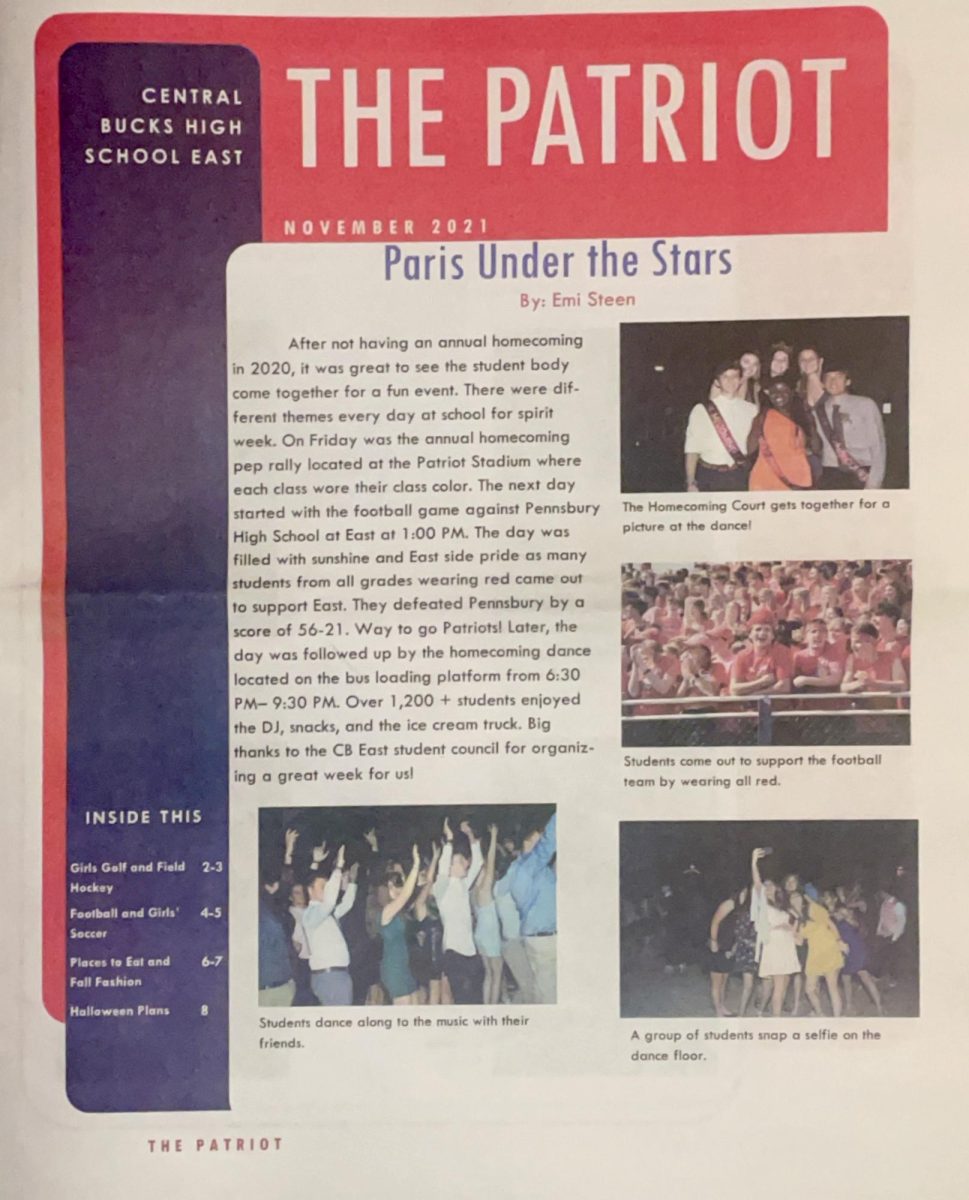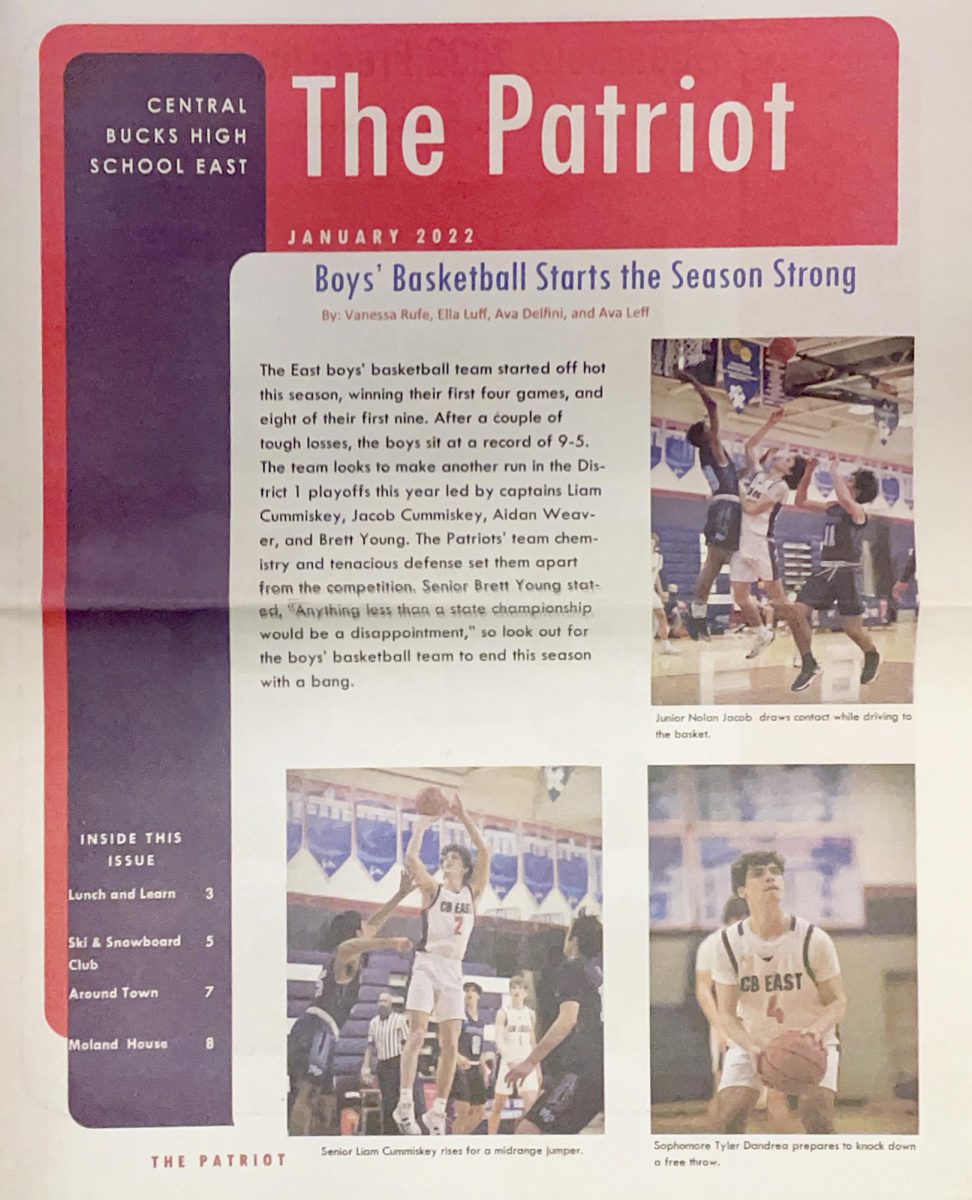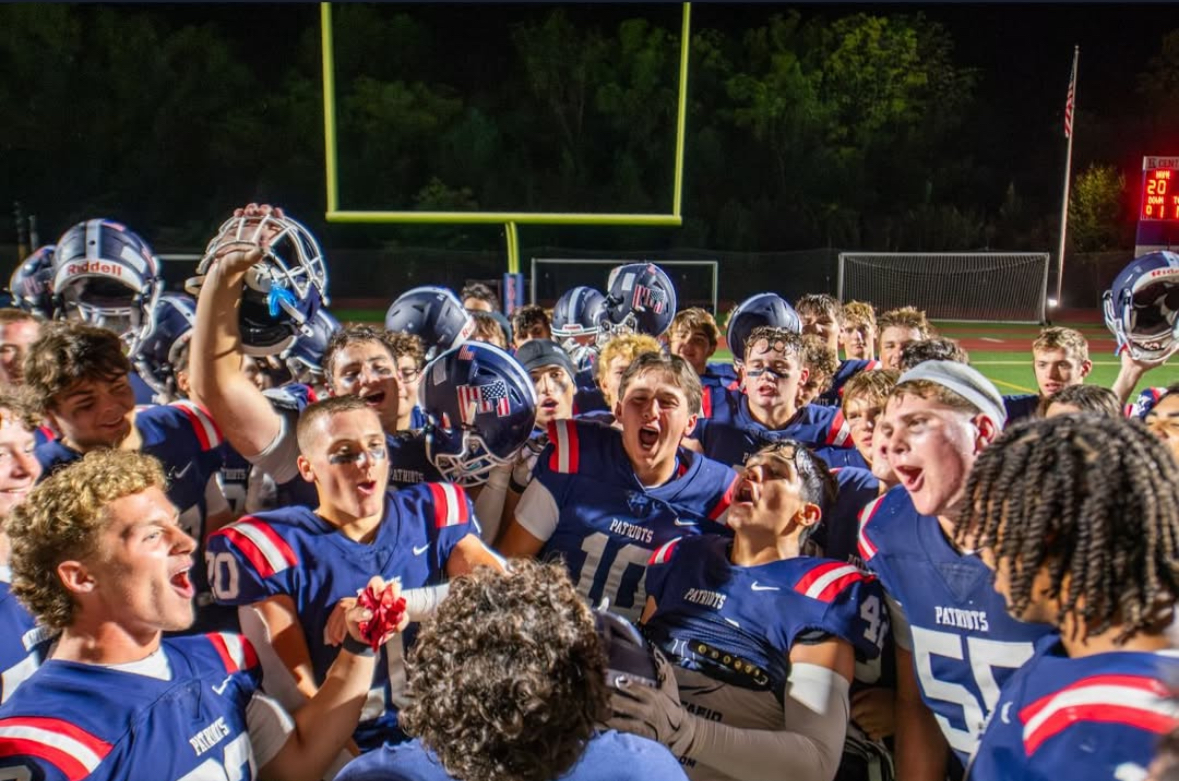The 2026 NFL Draft looms large for the New York Jets, a critical point for a franchise desperately seeking a turnaround after a disappointing 0-5 start to the season. This early collapse has placed a great amount of pressure on the new regime of General Manager Darren Mougey and Head Coach Aaron Glenn, whose first season has been riddled with a stagnant offense and horrendous defensive. With key veteran acquisitions failing to ignite the spark many had hoped for, and the players from Joe Douglas’s previous regime underperforming, the 2026 draft class isn’t just about adding talent. It’s about validating the long-term vision of Glenn and Mougey and proving they can select and develop the players necessary to escape the endless cycle of rebuilding. The pressure is on, and their draft vision for 2026 will undoubtedly shape the trajectory of their tenure and the immediate future of Gang Green. With that in mind, here’s my take on how the Jets might approach the crucial 2026 NFL draft. (NO TRADES)
Round 1 Pick 1: Peter Woods – DL (Clemson)
Selecting Peter Woods with the first overall pick points to a significant strategic pivot on defense, strongly suggesting the regime anticipates moving on from Pro Bowl defensive tackle Quinnen Williams for a valuable second-round pick. This bold decision would allow Woods, known for his elite run-stuffing ability, powerful bull rush, and surprising quickness for his size, to immediately step in and anchor the interior defensive line. It’s a calculated risk, indicating a firm commitment to rebuilding the defensive front with a versatile, high-motor player, even at the cost of trading a high-profile, fan-favorite talent.
Round 2 Pick 33: Germie Bernard – WR (Alabama)
With their second-round pick, selecting Germie Bernard would be a strategic move, directly enhancing the offense’s playmaking capabilities. Bernard’s strengths include his explosive speed, polished route-running, and his YAC (yards-after-catch) ability. Incorporating a dynamic receiver like Bernard would immediately open the field for Garrett Wilson, forcing defenses to account for another dangerous weapon and allowing Wilson to operate with increased space, fostering a more effective and balanced passing attack for Justin Fields and the Jets.
Round 4 Pick 101: Harold Perkins Jr. – LB (LSU)
In the fourth round, drafting Harold Perkins Jr. addresses a critical need for linebackers, especially given the struggles of Jamien Sherwood and the very real possibility that the Jets won’t re-sign Quincy Williams. Perkins brings elite athleticism, sideline-to-sideline speed, and exceptional blitzing ability, making him a disruptive force who can impact both the run and pass game. His selection indicates a proactive approach to inject new talent and provide a long-term solution at a position that could soon become a significant weakness for the defense, offering a potential three-down impact player who can grow into a key role.
Round 5 Pick 180: C.J. Daniels – WR (Miami)
The fifth-round selection of CJ Daniels provides crucial depth and talent to a notably weak wide receiver room. Daniels brings a strong combination of reliable hands and precise route-running, offering a high-floor option who can contribute immediately and provide a stable presence to the Jets’ receiving core.
Round 6 Pick 188: Patrick Payton – RE (LSU)
Drafting Patrick Payton in the sixth round strategically addresses the Jets’ severe lack of edge rusher depth by adding a player with excellent length and burst. This pick not only adds new talent into the defensive line but also creates an opportunity to finally cut Michael Clemons, whose inconsistent play and penalties has been a liability for years.
Round 6 Pick 203: Jordan Castell – S (Notre Dame)
With their 2nd of four 6th-round picks, selecting safety Jordan Castell offers a valuable addition to the secondary. Castell brings impressive physicality, strong instincts in coverage, and reliable tackling, making him a versatile defensive back who can contribute on special teams early on while developing into a reliable depth piece or even a potential starter in the future.
Round 6 Pick 213: Bear Alexander
The selection of Bear Alexander in the sixth round provides excellent value for the defensive tackle rotation. Alexander brings impressive power and a playmaking ability against the run, giving the Jets a strong, rotational piece to complement their interior defensive line, possibly functioning as the successor of Harrison Phillips when he retires.
Round 6 Pick 247: Luke Altmyer – QB (Illinois)
With their final sixth-round pick, selecting quarterback Luke Altmyer is a smart move to build up future depth and create competition for the backup job. Altmyer has a good arm, throws with solid accuracy, and shows a promising feel for staying in the pocket, making him an interesting player to develop, who can learn and improve within the team’s system.
Round 7 Pick 257: Dante Dowdell
The seventh-round selection of running back Dante Dowdell is my undeniable steal of this draft, offering tremendous upside at a bargain price. Dowdell possesses an impressive blend of size, power, and surprising agility, making him a tough runner who can break tackles and gain tough yardage, somewhat like Braelon Allen. I could absolutely see him battling for the RB2 spot immediately, and if the Jets opt against franchise tagging Breece Hall, Dowdell has the potential to even compete for the starting RB1 role in the near future.
If I were orchestrating trades, my ideal strategy would be to move back from the first overall pick, aiming to secure a mid-first-round selection (around 10th overall) this year along with a future first-rounder and additional picks. This allows the Jets to still land a top talent like wide receiver Jordan Tyson from ASU or quarterback Ty Simpson from Alabama, addressing crucial needs while restocking future draft capital. All in all, this mock draft, whether through trades or straight picks, aims to redefine the Jets’ future. Thank you for reading and exploring my vision of the New York Jets 2026 draft class.
